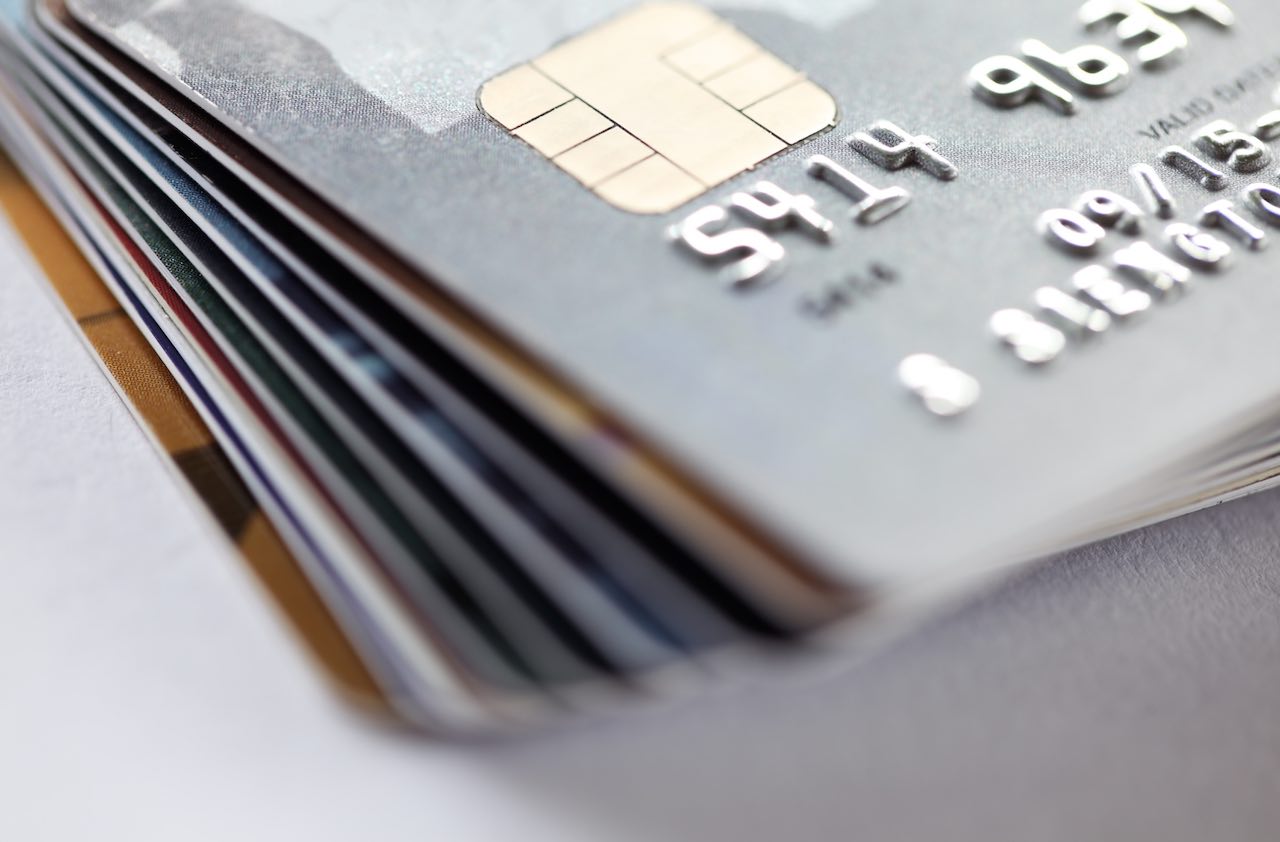6 Things You Must Know About Chip Cards
Their rollout has been slow, spotty and sometimes frustrating.


1. Deadline? What deadline? New rules went into effect last October that make merchants liable for fraudulent transactions if they haven’t updated their terminals to accept chip-card, or EMV, payments. But as of late January, merchants had activated chip-card readers at only 17% of in-store locations, according to Visa; only 50% of locations were expected to have functioning readers by the end of 2016. Card issuers are doing a little better. There are more than 400 million chip cards now in circulation, says Randy Vanderhoof, director of the EMV Migration Forum—but that’s still only one-third of the estimated 1.2 billion total cards on the market.
2. They’ve got your number. The microchip in an EMV card drastically reduces fraudsters’ ability to create counterfeit cards. But it doesn’t prevent crooks from using a stolen card number to pay online or over the phone. Canada saw a 133% spike in fraud involving such “card not present” transactions from 2008 through 2013, as the country made the switch to chip cards, according to Aite Group. (For more on how to protect payments online, see How to Make Your Chip Credit Card More Secure)
3. Signature versus PIN. Chip-card users in the U.S. typically seal the deal with a signature, rather than by entering a PIN. That’s not much of an obstacle for a thief who gets hold of your card. “Chip-and-signature is a half-measure,” says Debra Berlyn, director of the advocacy campaign ProtectMyData.

Sign up for Kiplinger’s Free E-Newsletters
Profit and prosper with the best of expert advice on investing, taxes, retirement, personal finance and more - straight to your e-mail.
Profit and prosper with the best of expert advice - straight to your e-mail.
4. Speed bumps at the register. Glitches abound as merchants work through the learning curve. For example, some restaurants that have enabled EMV payments have improperly configured tipping options, says Vanderhoof. Some stores haven’t activated the chip capability on their payment terminals because they are still making sure the equipment is ready for prime time and their employees are properly trained. The word “insert” on the terminal’s screen is your clue that you should dip your card in the chip-reading slot, says Gregory Burch, vice president of strategic initiative for Ingenico Group, a provider of payment services and terminals. Chip transactions typically take a few seconds longer to process than those with a magnetic stripe, but many merchants are shortening the delay as they optimize their systems.
5. Swipe with care. Operators of ATMs and automated gasoline pumps were given a liability reprieve. MasterCard extended the deadline to October 2016 for ATMs to support updated card readers, and Visa’s ATM deadline is October 2017. Owners of gas terminals that aren’t EMV-compliant also won’t face liability until October 2017. In the meantime, watch out for “skimmers” that crooks place on card readers to steal data from your card’s magnetic stripe. Pull on the card reader and surrounding area to see whether anything moves, and shield the keypad with one hand as you enter your PIN with the other to conceal the number from hidden cameras.
6. You’re still covered. The move to EMV affects the liability of merchants and card issuers. But most credit card users still enjoy zero liability for unauthorized purchases, and banks will usually cover funds stolen with a debit card as long as you report the problem promptly.
Get Kiplinger Today newsletter — free
Profit and prosper with the best of Kiplinger's advice on investing, taxes, retirement, personal finance and much more. Delivered daily. Enter your email in the box and click Sign Me Up.

Lisa has been the editor of Kiplinger Personal Finance since June 2023. Previously, she spent more than a decade reporting and writing for the magazine on a variety of topics, including credit, banking and retirement. She has shared her expertise as a guest on the Today Show, CNN, Fox, NPR, Cheddar and many other media outlets around the nation. Lisa graduated from Ball State University and received the school’s “Graduate of the Last Decade” award in 2014. A military spouse, she has moved around the U.S. and currently lives in the Philadelphia area with her husband and two sons.
-
 Ray Dalio Is Ringing Alarm Bells About 'Something Worse Than a Recession'
Ray Dalio Is Ringing Alarm Bells About 'Something Worse Than a Recession'Bridgewater founder Ray Dalio has been sounding off about his concerns for the global economy as a result of tariffs and certain policies, as well as other factors.
By Alexandra Svokos
-
 Who Pays the Most Taxes in the U.S.? Tax Burden by Age
Who Pays the Most Taxes in the U.S.? Tax Burden by AgeTax Burden Polls show that most people feel like taxes are unfair. But which age group bears the brunt of the tax burden in the United States?
By Kelley R. Taylor
-
 Roth IRA Contribution Limits for 2025
Roth IRA Contribution Limits for 2025Roth IRAs Roth IRA contribution limits have gone up. Here's what you need to know.
By Jackie Stewart
-
 Four Tips for Renting Out Your Home on Airbnb
Four Tips for Renting Out Your Home on Airbnbreal estate Here's what you should know before listing your home on Airbnb.
By Miriam Cross
-
 Five Ways to a Cheap Last-Minute Vacation
Five Ways to a Cheap Last-Minute VacationTravel It is possible to pull off a cheap last-minute vacation. Here are some tips to make it happen.
By Vaishali Varu
-
 How to Figure Out How Much Life Insurance You Need
How to Figure Out How Much Life Insurance You Needinsurance Instead of relying on rules of thumb, you’re better off taking a systematic approach to figuring your life insurance needs.
By Kimberly Lankford
-
 Amazon Big Deal Days Is Coming! We’ve Got All the Details
Amazon Big Deal Days Is Coming! We’ve Got All the DetailsAmazon Prime To kick off the holiday season with a bang, Amazon Big Deal Days runs Tuesday, October 8 and Wednesday, October 9.
By Bob Niedt
-
 How to Shop for Life Insurance in 3 Easy Steps
How to Shop for Life Insurance in 3 Easy Stepsinsurance Shopping for life insurance? You may be able to estimate how much you need online, but that's just the start of your search.
By Kaitlin Pitsker
-
 Five Ways to Shop for a Low Mortgage Rate
Five Ways to Shop for a Low Mortgage RateBecoming a Homeowner Mortgage rates are high this year, but you can still find an affordable loan with these tips.
By Daniel Bortz
-
 Retirees, It's Not Too Late to Buy Life Insurance
Retirees, It's Not Too Late to Buy Life Insurancelife insurance Improvements in underwriting have made it easier to qualify for life insurance, which can be a useful estate-planning tool.
By David Rodeck